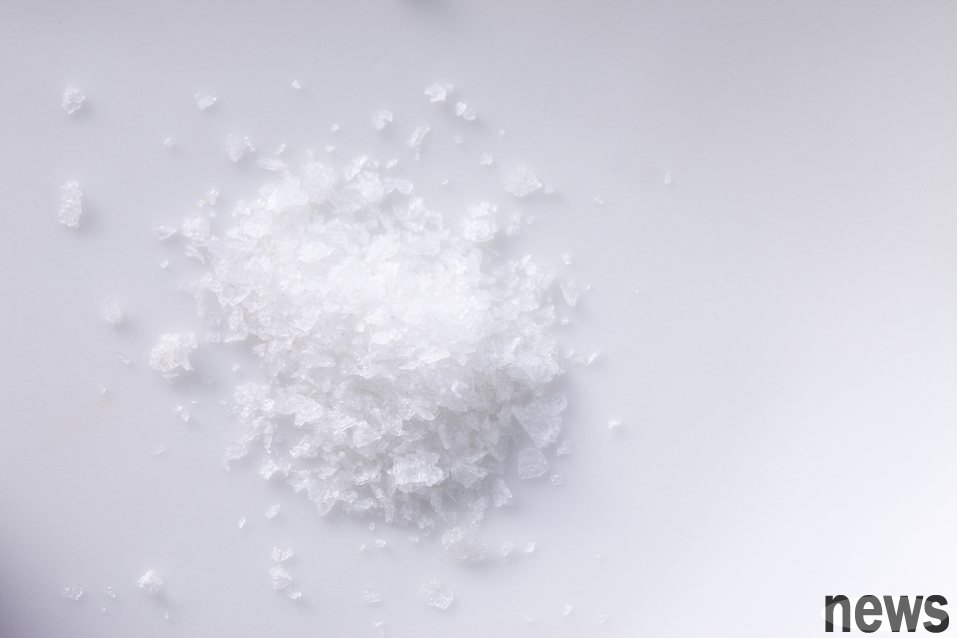Salt is a basic seasoning that is used every day. However, if it is not stored properly, it is not only easy to get damp and clump, but may also absorb odors, making cooking troublesome. Mastering the correct storage method can keep salt dry and eas...

Salt is a basic seasoning that is used every day. However, if it is not stored properly, it is not only easy to get damp and clump, but may also absorb odors, making cooking troublesome. Mastering the correct storage method can keep salt dry and easy to use for a long time.
Correct storage method of salt1. Choose a dry and temperature-stable storage environmentSalt is afraid of moisture and drastic changes in temperature. Moisture in the environment can easily cause salt to absorb moisture and form lumps.
{9 99}It is recommended to avoid places with large temperature changes such as around the gas stove and under the sink. It can be placed in a wall cabinet, drawer or a cool and dry place to reduce moisture interference.
2. Use an airtight container to storeThe key to keeping salt dry is to seal it.
You can choose ceramic, glass or thick plastic containers with good sealing, and make sure the lid can be completely closed. This not only prevents moisture, but also prevents salt from absorbing the smell of other ingredients.
3. Add a moisture-proof helperIf you want to further prevent moisture, you can put a small amount of desiccant in the container, but avoid direct contact with salt.
Another home tip is to add fried rice or short pasta (such as macaroni), which can naturally absorb excess water.
Incorrect ways to store salt1. Put it next to the gas stove or sinkOne of the most common mistakes in the kitchen. There is a lot of moisture and heat in these places, which is prone to condensation, which is the phenomenon of condensation water, causing the salt to become wet and clump.
2. Use non-sealed containersThe opened packaging bag is highly breathable and will allow the salt to absorb air moisture. If you still want to use the original packaging, it is recommended to put it in a sealable zipper bag and let the air out.
3. Store in the refrigeratorAlthough it seems dry, the temperature difference when entering and exiting the refrigerator will cause water droplets to form on the surface of the container, which will cause the salt to become damp. If refrigeration is necessary, make sure the container is completely sealed and accessible quickly.
How to deal with salt agglomerationIf the salt has agglomerated, you can use the following two methods to loosen it:
1. Dry frying method: Put the salt in a dry pot, stir fry slowly over low heat and stir constantly to allow the water to evaporate.2. Microwave method: Spread the salt flatly on a heat-resistant plate without covering it with plastic wrap, and heat it at 600W for about 2 to 3 minutes. During the process, heating can be performed in sections depending on the situation to avoid overheating.
The heated salt and container will become hot. Please be careful to prevent scalding and reseal after cooling.
Storage Frequently Asked Questions Q&AQ1. Does salt have a shelf life?Pure salt will almost never go bad, and most products do not indicate an expiration date.
However, if herbs, spices or other ingredients are added to the seasoned salt, the expiration date will be marked to avoid a change in flavor.
Q2. What are the differences in the preservation priorities of salt and sugar?Salt needs to be protected from moisture, while sugar needs to be protected from drying out. Salt clumps when it absorbs moisture, and sugar hardens due to dryness. Both should be stored in airtight containers in a place with stable humidity.
Q3. Will salt breed insects or mold?Pure salt will not grow insects or mold, but seasoned salt containing other ingredients may still attract insect mites if placed in a humid or dirty environment. This can be prevented by keeping containers and storage areas clean and dry.